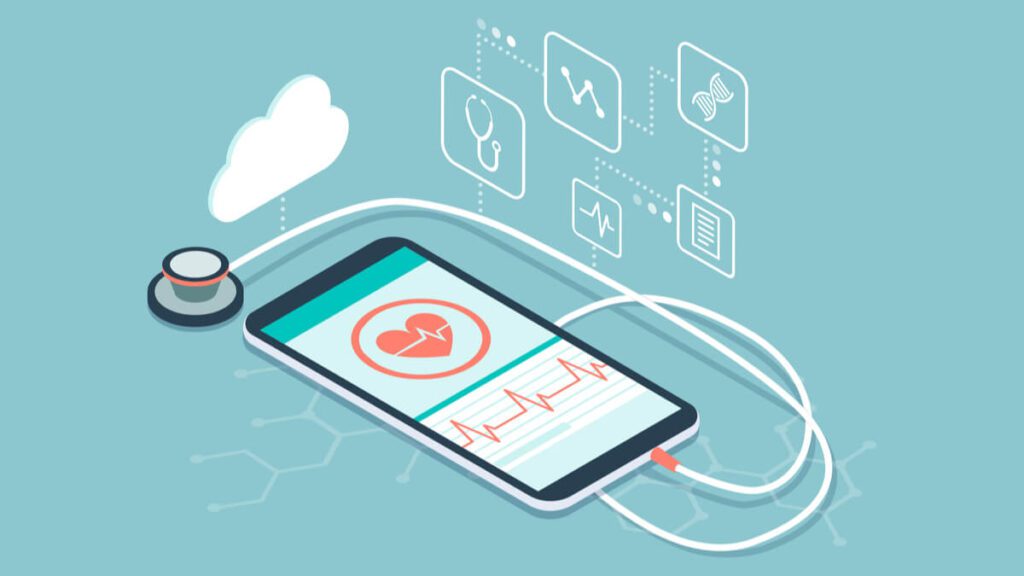
Earlier last month, the HIMSS & Health 2.0 European Conference took place with top minds meeting to discuss the main challenges facing digital health.
The current pandemic has successfully exhausted health systems around the world to their limits. During the opening panel of the HIMSS & Health 2.0 Europe Digital Conference titled, Leveraging Digital Health to Predict, Prevent and Manage Future Health Crises, moderator Hal Wolf, CEO and President of HIMSS spoke with four panelists about the impact digital technologies have had on healthcare amid the pandemic and the challenges that need to be tackled to ensure inclusivity and access to digital health programs.
Digital health status
During the conference, Dr Hans Kluge, WHO Regional Director for Europe, highlighted the fact that digital health has been expedited greatly this year, as he claims “COVID-19 has given impetus for countries to accelerate the adoption of digital health”. He added that throughout the WHO European region, 30 out of 53 countries have adopted some manner of digital contact tracing for the pandemic despite issues and challenges surrounding privacy and secondary use of data.
A further milestone was met as a digital ICU registry was set up to assist in monitoring bed capacity, which usually would have taken two to three years to implement and set up however, it was done within four to six weeks.
Although the pandemic has proven to be a catalyst for the adoption of digital health tools, several challenges have been presented as well.
Dr Pravene Nath, MD, Global Head for Digital Health Strategy, Personalized Health Care, Roche, USA noted challenges in three broad areas: access and administration, personalisation and operations.
Access and Administration: The pandemic brought forward a widespread of Telehealth during a short period of time, however it is still uneven in terms of addressing all populations.
Personalisation: There is still some way to go for a digitally enabled, personalized, condition-focused digital health care system. Solutions such as remote patient monitoring coupled with a care delivery model will allow us all to go a long way.
Operations: Issues such as demand forecasting, capacity management, and supply chain management are becoming critical, and technologies are adequately addressing these problems. However, the tech tools must be handed to healthcare providers, enabling them to make informed operational decisions with real time data.
Finally, Dr Kluge commented that the current pandemic has highlighted several significant shortcomings, especially in some countries’ capabilities of accessing real time data. From the WHO perspective, actions must be taken to shift from academic practices and solutions towards more pragmatic and tangible solutions that will enable the widespread use of digital health systems.